Dates are a significant fruit in Iran, with various specifications that make them unique and sought after in the international market. Here are some key specifications of Iranian dates based on the provided search results:
- Varieties: Iran produces a wide varieties of dates, but only a few have significant commercial value. Some popular varieties include Mazafati, Kluteh, Estamaran, Piarom, Sayer, Kabkab, Zahedi, and Honey dates.
- Moisture Content: Dates are categorized into three main groups based on their moisture level: dry, semi-dry, and wet. Each region in Iran has a suitable climate for producing specific types of dates with varying moisture content.
- Nutritional Value: Dates are highly nutritious, containing about 70% carbohydrates (mostly sugars) and are considered one of the most nourishing natural foods available. They are rich in potassium, magnesium, antioxidants, and other essential minerals.
- Cultivation Areas: Major date-producing regions in Iran include Hormozgan, Kerman, Khuzestan, Bushehr, Beluchestan, and Fars provinces. Each region specializes in cultivating specific types of dates like Mazafati in Kerman and Piarom in Hormozgan.
- Appearance: Different Iranian date varieties vary in size, color, taste, and texture. For example, Mazafati dates are known for their black color and high moisture content, while Piarom dates are longer (4-5 cm), soft, slender, and tasty with a thin skin.
- Shelf Life: Iranian dates have varying shelf lives depending on their moisture content and storage conditions. For instance, Rabbi dates have a shelf life of about 18 months at room temperature.
Iranian dates hold cultural significance as well as being a staple food source due to their nutritional value and diverse varieties cultivated across the country.





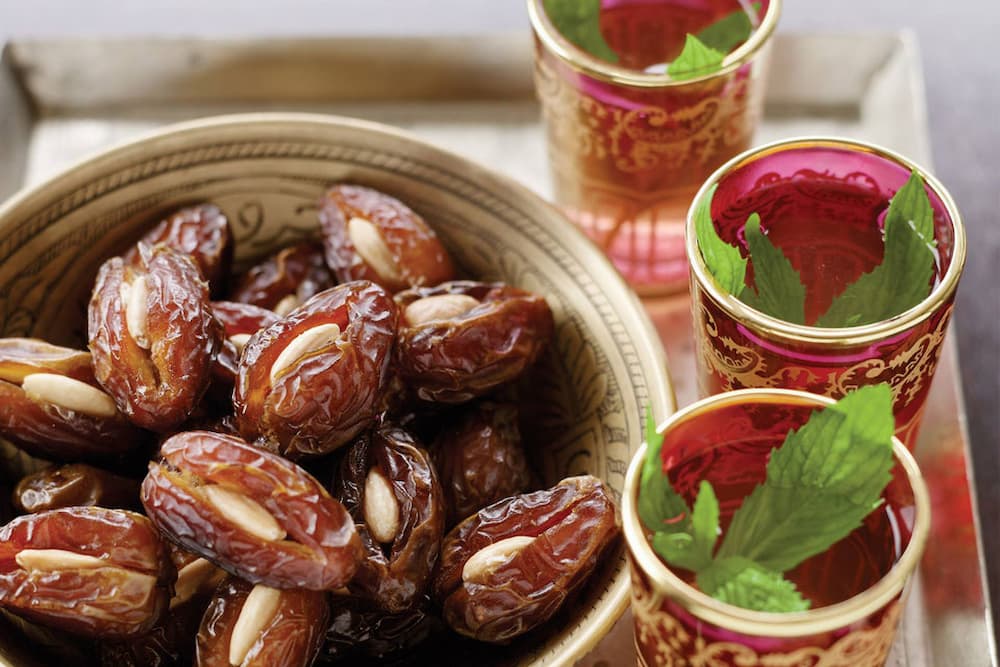
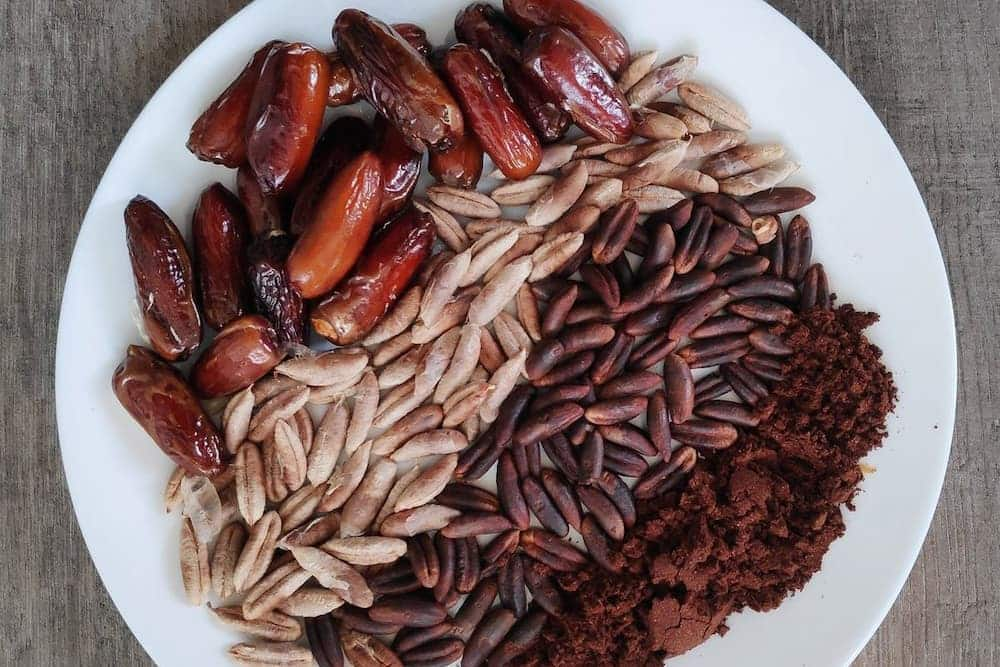
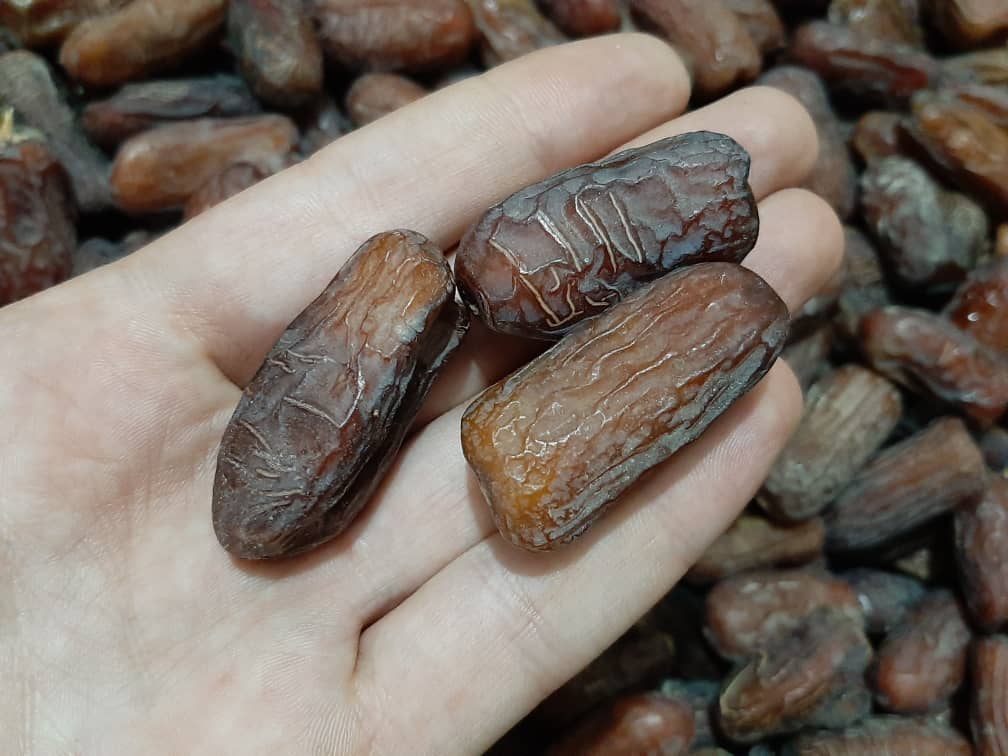
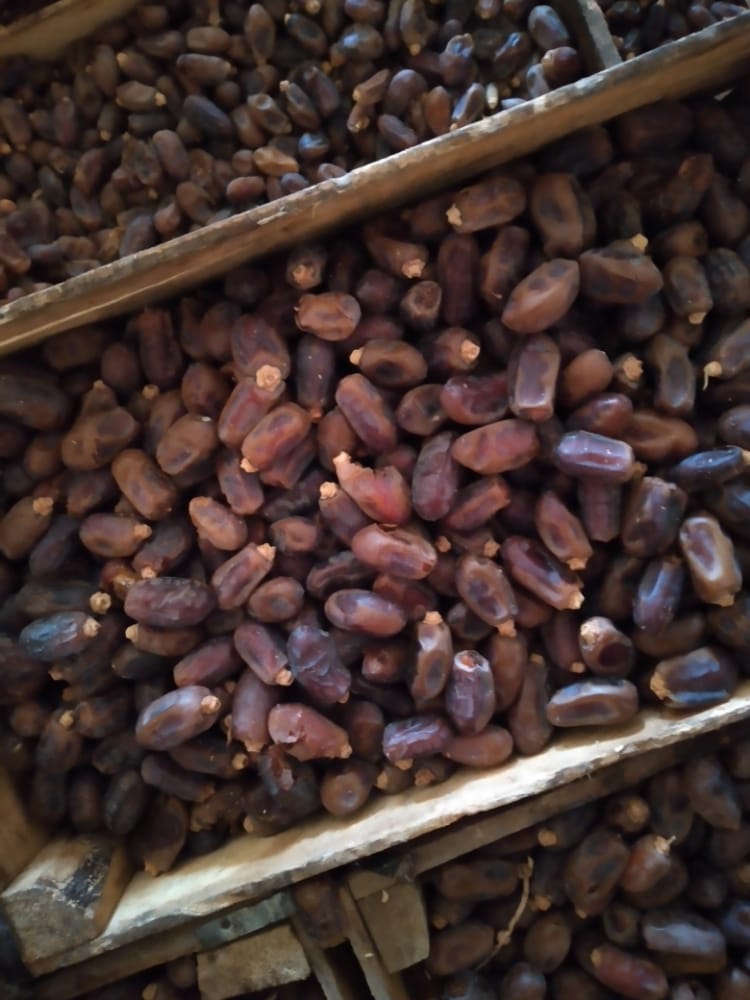
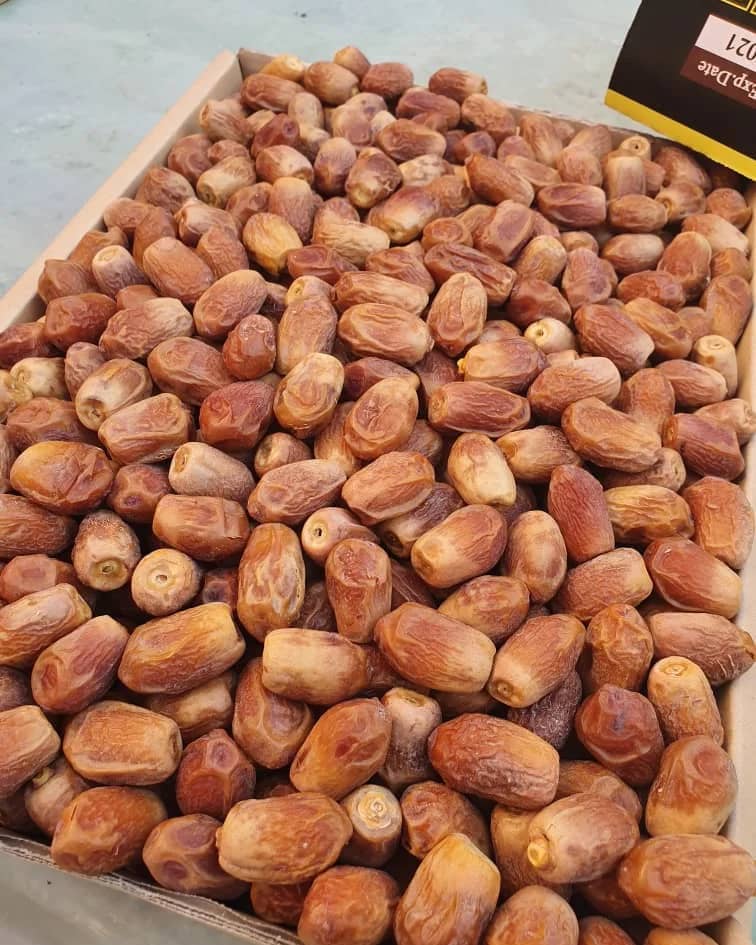
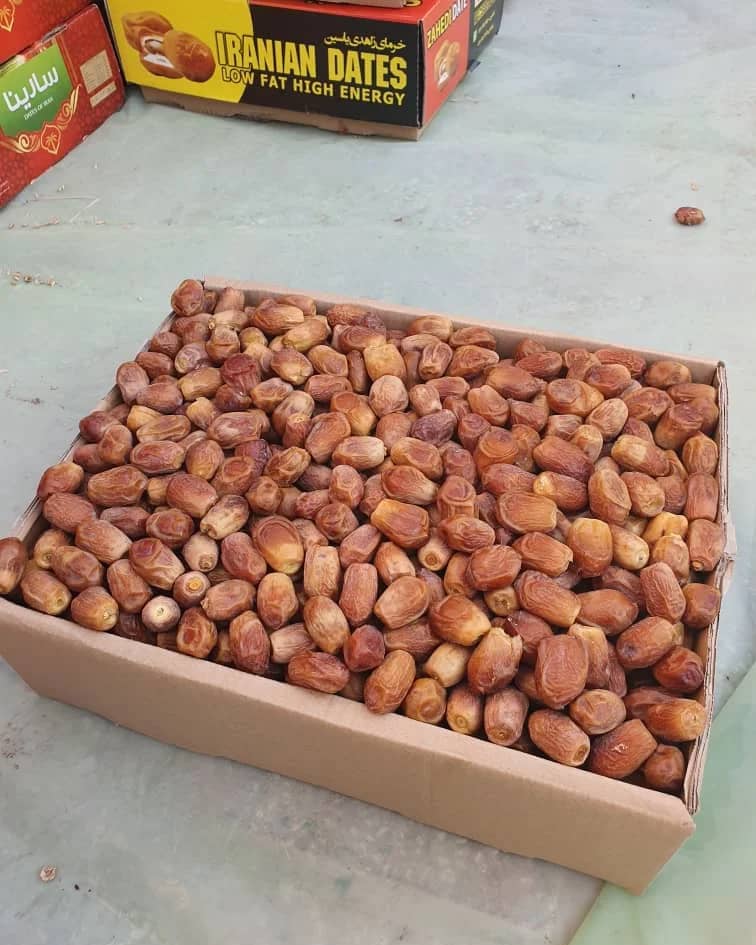



Mukul Agrawal –
Iranian dates are exceptional in terms of their sweetness and softness. I placed an order a few months ago and it was really a profitable deal.